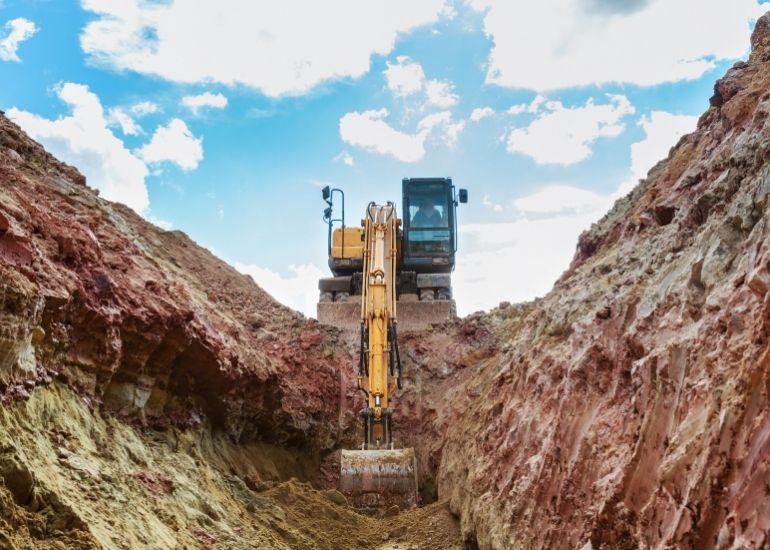Trenching and excavation are regular construction activities that you may need to perform for a comprehensive range of projects. Whether you’re working with a crew or on your own, you must be aware of the dangers and take precautions to protect yourself and others. That’s why it’s essential to familiarize yourself with common trenching and excavation mistakes to avoid.
Skipping Out on Research
Before you remove a single ball of dirt, be sure you’ve thoroughly reviewed all the rules and regulations. These rules are in place for a reason, and failing to learn and understand them can put you and others at risk of safety violations.
Failure To Understand the Ground Conditions
The soil at the trenching site will be under a lot of stress from your equipment, which is why it’s essential to know the ground conditions ahead of time. You must determine if you’re working with stable rocks like sandstone and granite or extremely unstable soils like gravel that can’t tolerate much compressive force.
In addition, recent weather patterns, such as wind conditions and precipitation levels, can impact machinery and soil quality. Failure to check all these criteria could harm equipment and people.
Not Watching Out for Falls
One of the most dangerous aspects of the job is tumbling into an excavated area. If possible, place a barrier and safety warnings around the periphery of the excavation to highlight potential fall danger. Falling loads such as excavated soil or worksite equipment can collapse into a trenched area and crush anyone operating below.
Thus, OSHA mandates that you keep all equipment at least two feet away from the excavation’s edge. Additionally, no one should work beneath any overhanging or suspended loads that could fall on top of them or others.
Ill-Prepared for Hazardous Gas and Low Oxygen Levels
Depleted oxygen levels can occur in trenches, which is a safety problem that you must consider on excavation sites. When digging more than four feet below, you need to have a qualified professional check the atmospheric conditions.
Make sure everyone has a gas monitor so you can be alerted if there are any potential gas hazards or low oxygen levels present at any point in time. You also need to ensure you’re correctly maintaining gas detectors to ensure they are performing effectively. Furthermore, anytime there are any potential atmospheric hazards, everyone should wear proper respiratory protection equipment.
Trenching a site is one of the most dangerous construction projects you can do. However, knowing some of the common trenching and excavation safety mistakes to avoid can help reinforce good habits to keep around the site. Remember that these pointers aren’t intended to substitute for proper education, certifications, or safety training.

